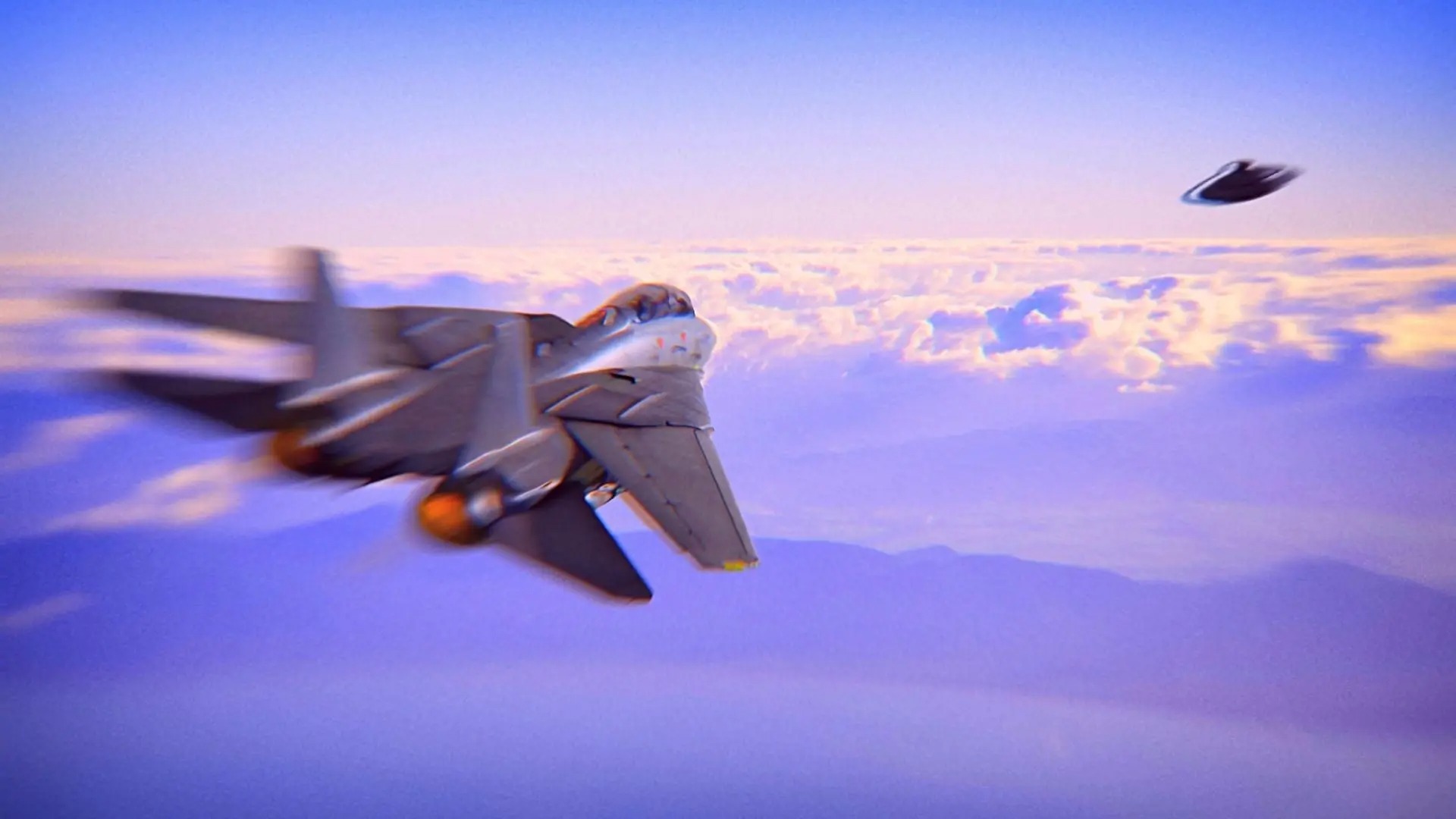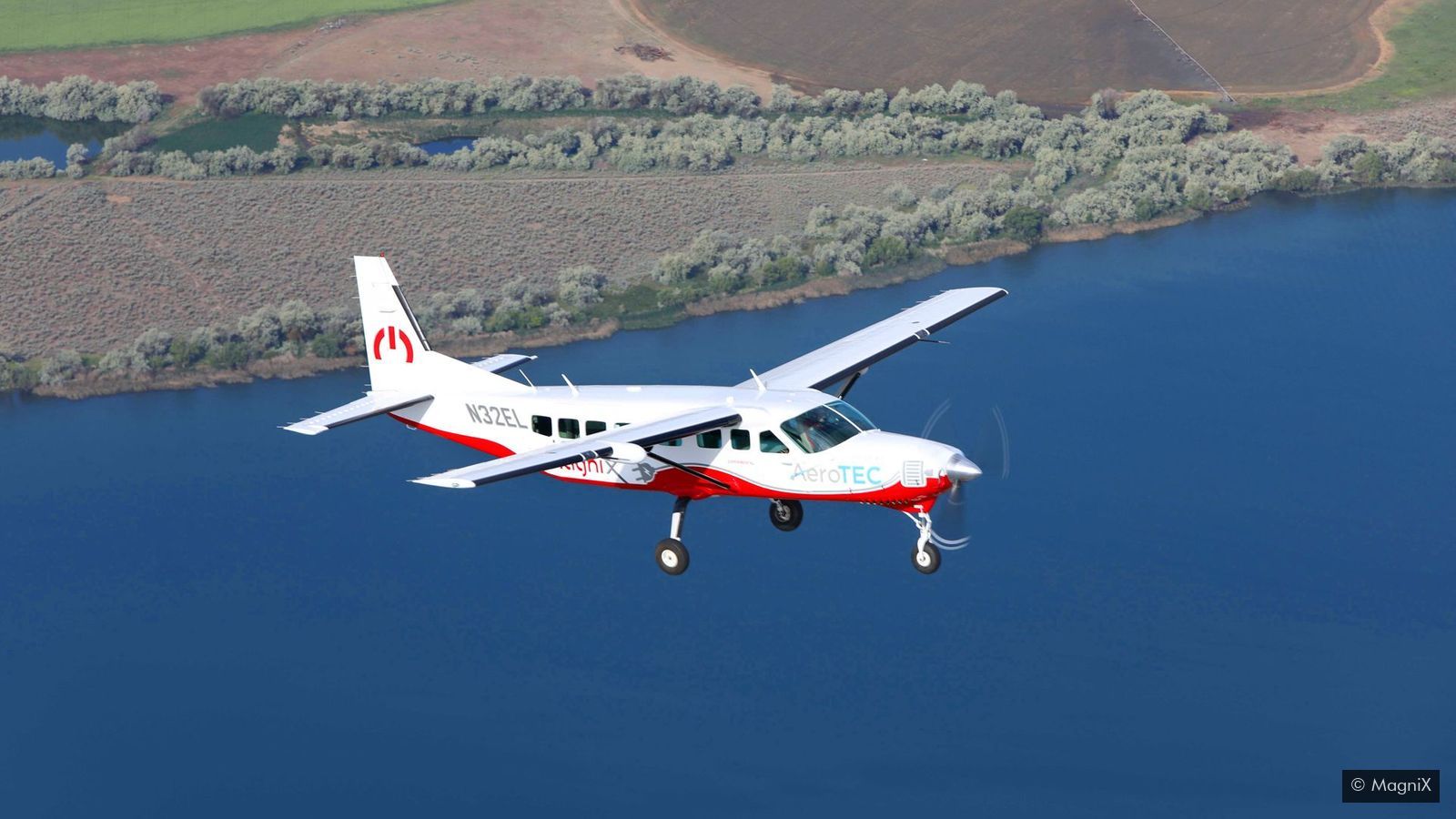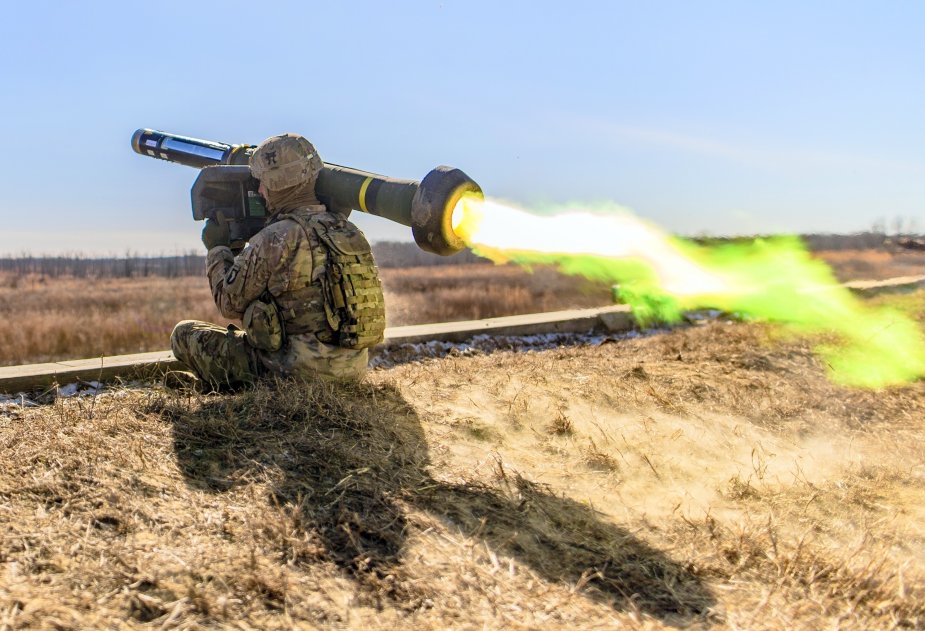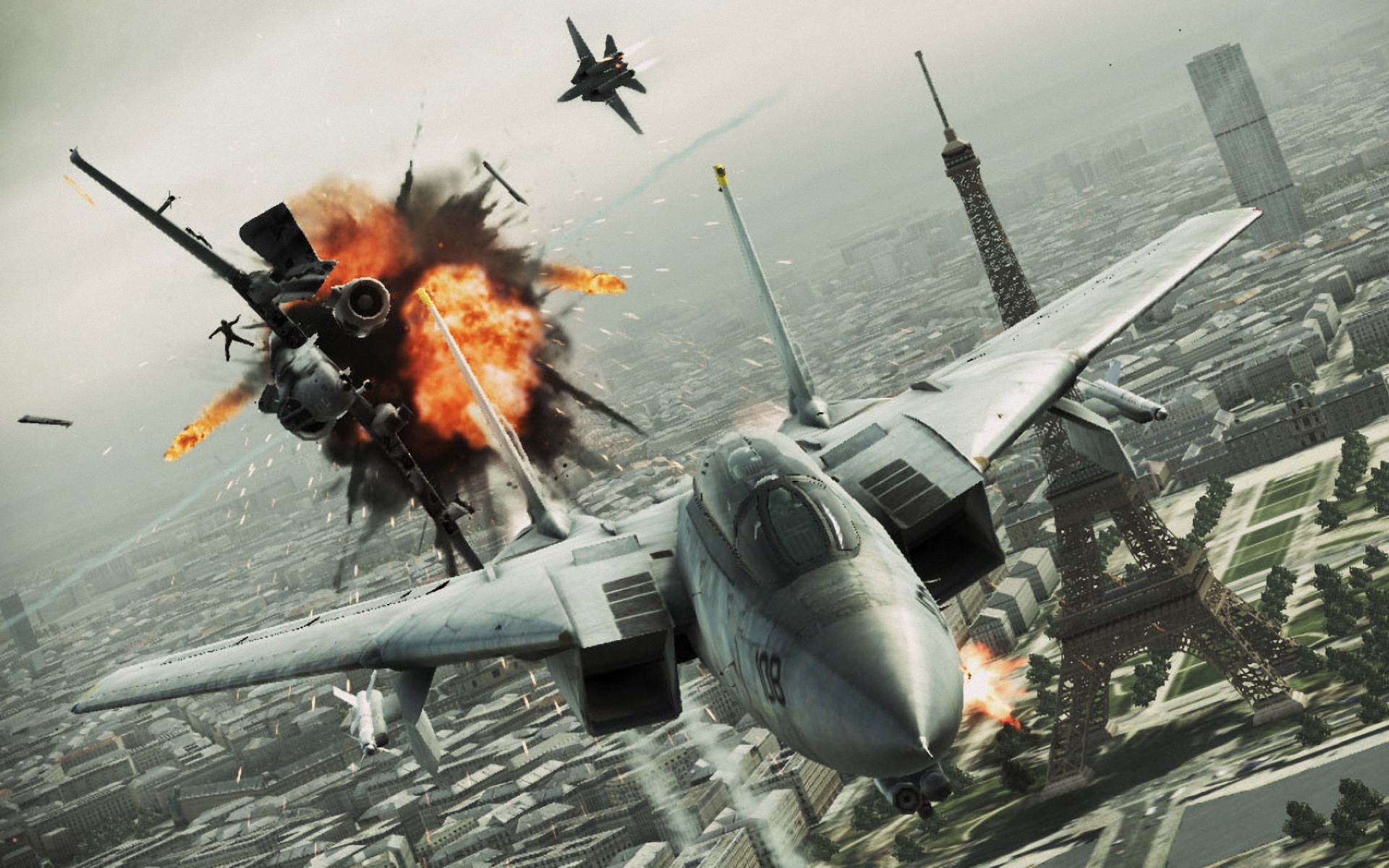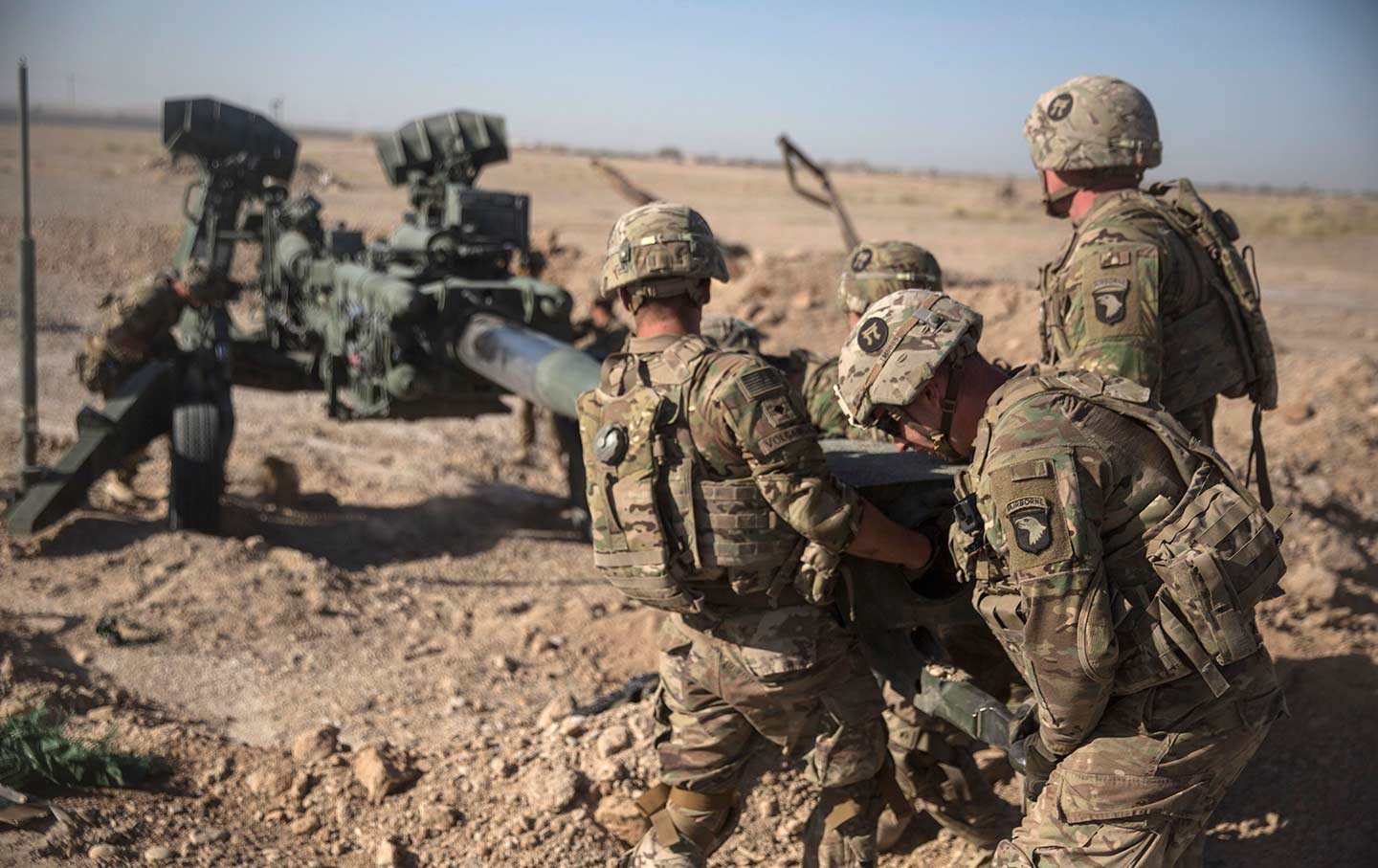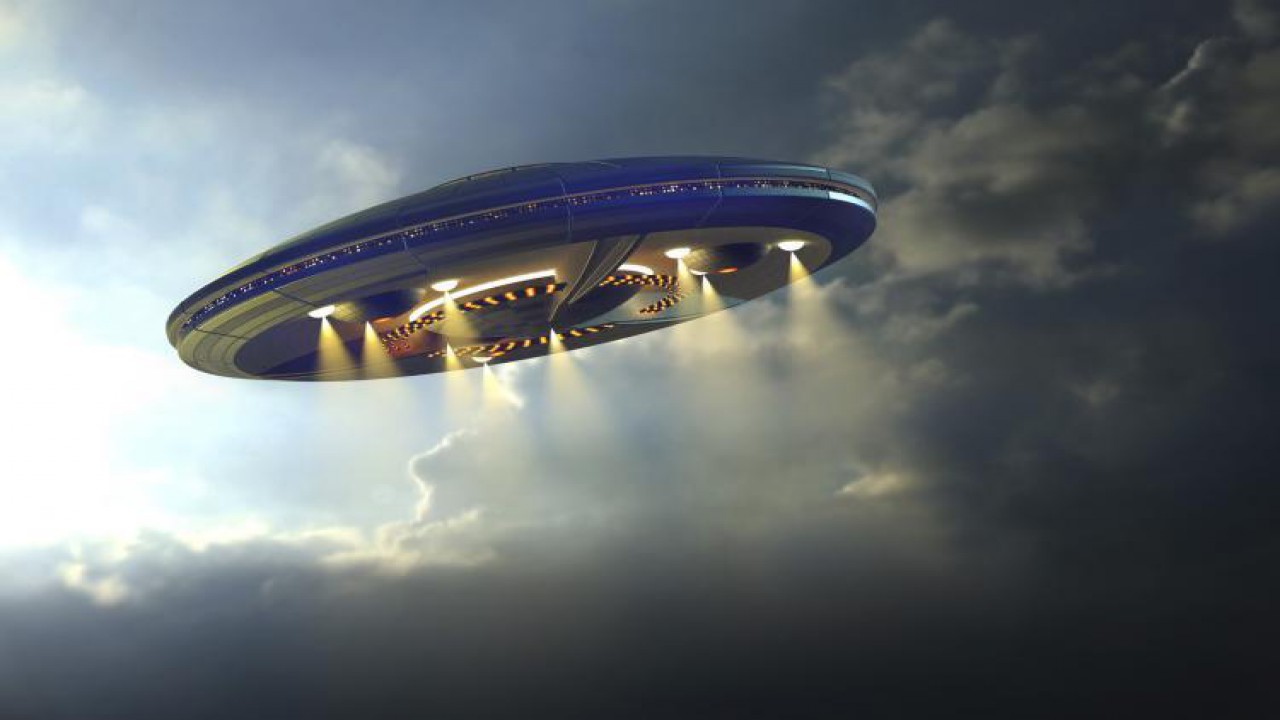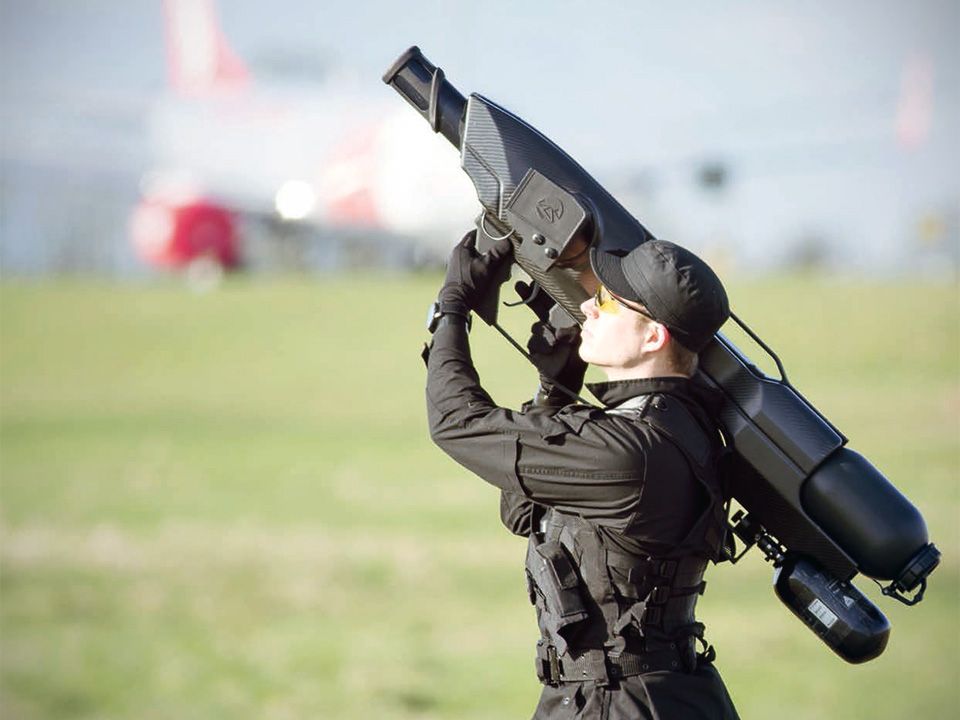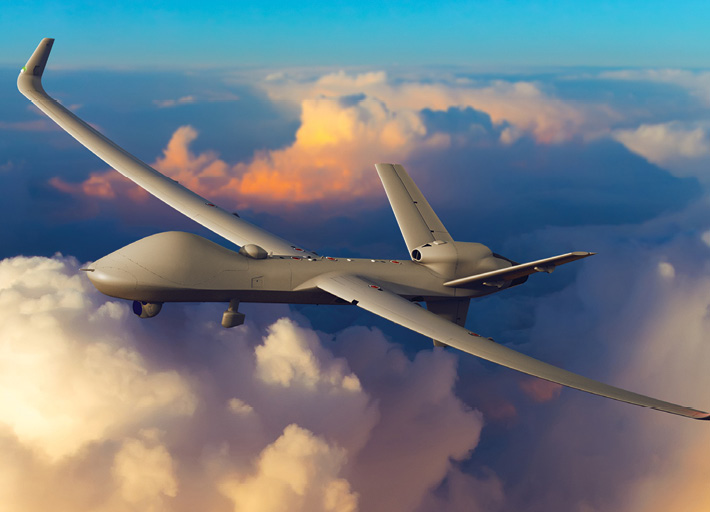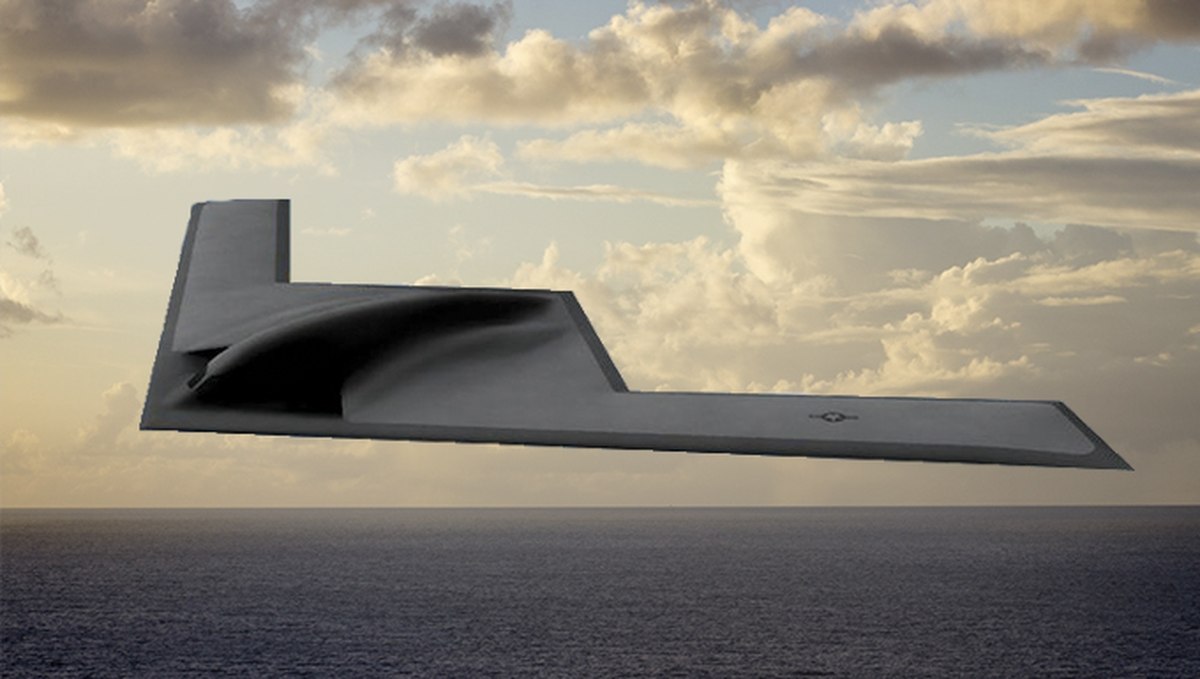Newly released Navy “hazard reports” describing encounters between U.S. military aircraft and what are now officially referred to as unidentified aerial phenomena have added new texture and specificity to a story that has already drawn global attention. These documents surfaced shortly after the Pentagon formally declassified and released three infrared videos showing strange aerial objects recorded during training missions, footage that quickly reignited public debate about what exactly pilots have been encountering in restricted airspace.
The reports themselves are written in the dry, cautious language of aviation safety, but their contents are anything but ordinary. In one incident dated March 26, 2014, a Navy pilot described an unknown aircraft that appeared small, roughly the size of a suitcase, with a metallic silver appearance. There was nothing overtly dramatic about the description, yet the simplicity of the observation only made it more unsettling. The object did not resemble a conventional aircraft, nor did it match any known system the pilot could immediately recognize.
During that same encounter, one Navy F/A-18 fighter jet passed within roughly 1,000 feet of the object. Even at that distance, the pilot was unable to positively identify what it was. According to the report, the pilot attempted to regain visual contact after the initial pass but was unsuccessful, leaving the encounter unresolved and officially unexplained. From an aviation safety perspective, the proximity alone was enough to trigger concern.
CNN later obtained these Navy Safety Center documents, which had previously been marked “For Official Use Only.” Their release followed the Pentagon’s decision to officially acknowledge and publish the three short videos late the previous month. Those videos had already circulated publicly after being released by a private company, but the Pentagon’s confirmation gave them new credibility and placed them firmly within an official military context.
The documents were first published by The Drive, a website that covers military and automotive topics, after it secured the reports through a Freedom of Information Act request. The reports themselves were not written to fuel speculation or conspiracy theories. Instead, they were created as internal safety records, intended to document near-misses, hazards, and unexplained events that could pose risks to pilots and aircraft.
The videos referenced in the reports show objects that appear to move rapidly and unpredictably, captured by infrared targeting systems. In at least two of the recordings, Navy aviators can be heard reacting with audible surprise at the speed and behavior of the objects. One pilot speculates aloud that what they are seeing could be a drone, a reaction that reflects both uncertainty and a growing awareness of how crowded and complex modern airspace has become.
Objects likely unmanned systems
The newly released hazard reports tend to reinforce that initial assessment. Many of the unidentified objects are described as unmanned aerial systems, or UAS, which is the Pentagon’s formal terminology for drones. This does not necessarily make the encounters less concerning. In some ways, it raises a different set of questions entirely.
In a separate incident report from November 2013, a Navy F/A-18 pilot stated that he was able to visually acquire a small aircraft with an estimated wingspan of about five feet. The object was white in color and lacked any clearly distinguishable features such as markings, lights, or visible propulsion. Based on its size and appearance, the aircraft was classified as a UAS.
Another report, dated June 27, 2013, described an object that was white and roughly the size and shape of either a drone or a missile. Again, while the report leaned toward a drone assessment, it stopped short of identifying the operator or the system’s origin.
This uncertainty is at the heart of the problem. Even when these objects are believed to be drones, the military often cannot determine who is flying them or why they are present. These encounters occurred in restricted military training airspace off the eastern coast of Virginia, areas specifically designated for high-speed, high-risk flight training. Unknown objects operating in these zones represent a serious safety and security concern.
In one post-flight account, the controlling agency attempted to contact numerous local UAS operators to determine whether any of them were responsible for the unidentified aircraft. None claimed knowledge of it. That lack of accountability only deepened the concern expressed in the reports.
One author warned bluntly that it may only be a matter of time before an F/A-18 experiences a mid-air collision with an unidentified UAS. Drones, the report noted, can pose a greater mid-air risk than manned aircraft because they are often harder to see and less visible to radar systems. Their small size and low radar signature make them especially dangerous in congested or high-speed environments.
There is also the possibility, raised cautiously in the reports, that some of these drones could be operated by foreign adversaries such as Russia or China. If so, their presence could represent attempts to gather intelligence on U.S. military training, tactics, or electronic systems. Even the suspicion of such activity is enough to warrant close scrutiny.
In response to the growing number of reports, the Navy has now established formal guidelines for pilots to use when reporting encounters with possible UFOs or UAPs. The goal is not to sensationalize these sightings, but to standardize how they are documented and analyzed.
The videos that brought much of this attention to the public were first released between December 2017 and March 2018 by To The Stars Academy of Arts & Sciences, a company co-founded by former Blink-182 musician Tom DeLonge. The organization says it studies information related to unidentified aerial phenomena and played a key role in pushing these encounters into mainstream awareness.
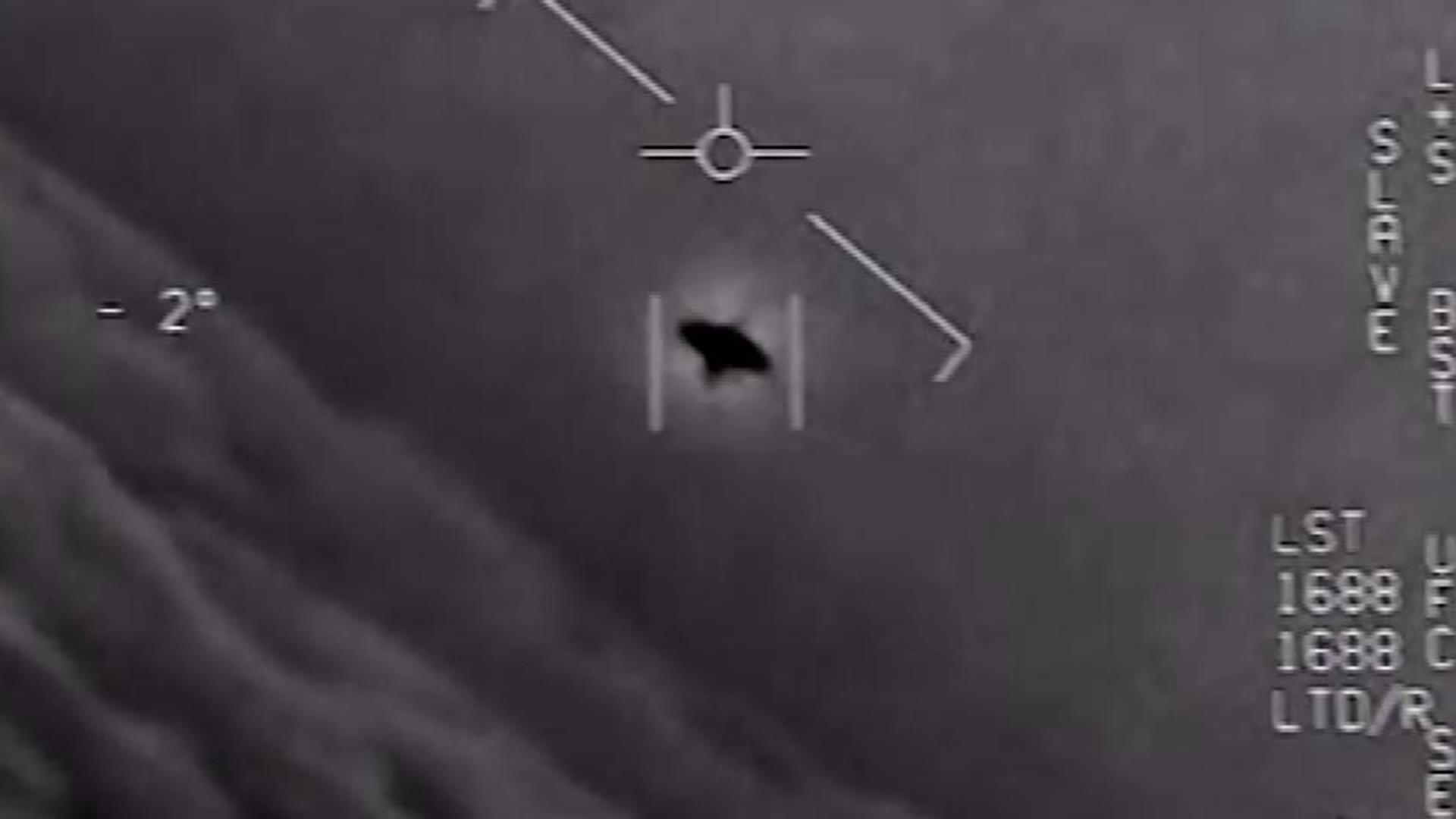
Revisiting older investigations
The Pentagon’s interest in unidentified aerial encounters did not begin with these recent reports. In the past, the Department of Defense quietly studied similar incidents through a classified program launched in 2007 at the request of former Senator Harry Reid of Nevada. That program ended in 2012, according to Pentagon officials, after a determination was made that other priorities required funding.
Despite its closure, the program left a lasting impression on some of those involved. Luis Elizondo, who previously led the effort, told CNN in 2017 that he personally believed there was compelling evidence suggesting humanity may not be alone. He described the objects studied by the program as displaying characteristics not found in any known U.S. or foreign aircraft inventories.
Elizondo later resigned from the Defense Department, citing frustration with the level of secrecy surrounding the program and internal resistance to continued funding. His comments added fuel to an already intense public conversation, especially after the Pentagon confirmed the authenticity of the released videos.
President Donald Trump also weighed in on the footage, calling it “a hell of a video” and publicly wondering whether what it showed was real. His remarks, while brief, underscored how far the issue had moved from obscure military paperwork into mainstream political discourse.
Formation of a new investigative body
Against this backdrop, the U.S. Department of Defense announced the creation of a new task force dedicated to analyzing and understanding the nature and origins of unidentified aerial phenomena. The effort is being led by the Department of the Navy under the authority of the Office of the Under Secretary of Defense for Intelligence and Security. Officially known as the Unidentified Aerial Phenomena Task Force, or UAPTF, its stated mission is to detect, analyze, and catalog UAPs that could pose a threat to national security.
While the announcement immediately sparked excitement in some corners of the public, Defense Department officials emphasized that the task force’s focus is firmly rooted in security and safety concerns. Its mandate is not to speculate about extraterrestrial life, but to address unexplained incursions into controlled airspace.
Before drawing dramatic conclusions, several experts urged caution and perspective. UFO researchers and skeptics alike noted that task forces are often created to deal with specific issues and are not necessarily signs of a sweeping policy shift.
A cautiously hopeful response
Mark Rodeghier, president and scientific director of the J. Allen Hynek Center for UFO Studies in Chicago, described the formation of the task force as a welcome development. He pointed to a broader trend of renewed interest and attention from government agencies and political actors toward these reports.
At the same time, Rodeghier stressed that without more detailed information, it is difficult to assess how well positioned the task force will be to conduct serious investigations. He expressed cautious optimism, acknowledging the need for some level of secrecy while also hoping that as much information as possible would eventually be shared with the public, given the potential implications.
Why the Pentagon has a stake in this
Skepticism about extraterrestrial explanations does not equate to indifference, and that distinction is central to why the Defense Department has long paid attention to UFO reports. Jim Oberg, a veteran space journalist, historian, and longtime analyst of UFO claims, has argued that military intelligence agencies around the world have always had practical reasons to monitor such reports, regardless of whether any genuinely unexplainable phenomenon is involved.
Oberg, who describes himself as a lifelong space enthusiast and spent more than two decades working at NASA’s Johnson Space Center in Houston, approaches the topic from a technical and institutional perspective. In his view, most UFO reports can be better understood as byproducts of evolving technology rather than evidence of unknown visitors. Still, that does not make them unimportant.
He outlined several non-extraterrestrial reasons why the Defense Department would want to systematically examine these incidents. One reason is to identify and correct “instrumental oddities” in new sensor systems. As detection technology becomes more sophisticated, it can also produce misleading signals. Understanding those quirks helps prevent misinterpretation or missed warnings in future operations.
Another concern is the possibility that adversaries could deliberately exploit sensor weaknesses. If hackers or hostile actors can induce false detections or confuse tracking systems, the military needs to know how that could happen and how to prevent it. In some cases, the military may even introduce artificial anomalies into its own systems to test how well they perform under unusual conditions.
Oberg also pointed out that probing enemy detection systems can be a strategic exercise. By deliberately presenting unusual targets, analysts can learn where those systems are vulnerable. At the same time, some UFO reports originating near or within adversary nations may actually hint at classified military tests or operations that U.S. intelligence needs to understand.
There is also the reverse problem: unidentified detections might accidentally reveal classified U.S. activities. If such clues become public through UFO reports, they could expose sensitive capabilities to foreign analysts. In those situations, understanding and controlling the narrative becomes part of operational security.
Finally, Oberg suggested that ambiguous or misleading reports can sometimes serve as camouflage. By flooding the information space with confusing data, real activities may be obscured. Over decades, observers of UFO reports have noticed a pattern in which sightings seem to evolve alongside advances in detection technology. Older types of sightings fade away just as new tools arrive that would have clearly documented them, only to be replaced by new anomalies that sit precisely at the limits of current systems.
A limited mandate, not a permanent program
Not everyone believes the new task force represents a major shift. Writer and longtime UFO skeptic Robert Sheaffer argued that its significance has been overstated. In his assessment, the task force is primarily a response to the surge of attention generated after the release of the Navy infrared videos by To The Stars Academy, followed by the Pentagon’s confirmation of their authenticity.
Sheaffer emphasized that within the military, a task force is typically created to address a specific issue. Its job is to analyze a defined problem, produce findings and recommendations, and then dissolve once its purpose has been served. From that perspective, the UAP task force is not an open-ended initiative designed to continuously investigate unidentified objects for years on end.
He contrasted the new effort with Project Blue Book, the U.S. Air Force program that officially evaluated UFO sightings starting in 1952 and continued until 1970. That program represented a sustained government effort over many years. By comparison, the current task force appears narrowly focused and temporary.
In Sheaffer’s view, the task force does not indicate a renewed or enduring government fascination with unexplained phenomena. Instead, it reflects a pragmatic response to public scrutiny, internal safety concerns, and the need to demonstrate due diligence.
Guarding restricted airspace
Another angle raised by Sheaffer centers on geography rather than mystery. Military operations areas, or MOAs, are clearly marked zones on aviation charts, and civilian aircraft are generally expected to avoid them. These regions are used for training exercises that involve high speeds, complex maneuvers, and sensitive equipment.
Many recent Pentagon statements about unidentified objects specifically mention “range incursions,” meaning unknown aircraft entering these restricted zones. From this perspective, the concern is not about strange objects appearing anywhere in the sky, but about intrusions into areas where the military expects controlled conditions.
Sheaffer noted that if unidentified objects appear outside these zones, the military typically shows little interest. The focus remains squarely on protecting training environments. He suggested that well-known videos such as the “Tic Tac” and “Gimbal” footage may actually depict distant aircraft operating far outside the MOA, viewed under conditions that make identification difficult.
In that sense, the investigation reflects caution rather than alarm. The military is responding to potential risks and public criticism by examining ambiguous data more carefully, not by chasing extraordinary explanations.
Managing expectations
Sarah Scoles, a science journalist and author of a book exploring UFO culture and perception, offered a balanced perspective on the new task force. She acknowledged that creating a formal group to study unidentified aerial phenomena makes sense, especially if it is conducted systematically, scientifically, and with a degree of transparency. Properly handled, such an effort could produce useful data that helps interpret pilot sightings more accurately.
She also pointed out that it is entirely logical for the Department of Defense to take the lead. Protecting U.S. airspace and assessing potential threats is, after all, one of its core responsibilities. However, Scoles cautioned against expecting dramatic revelations.
She urged readers to look closely at the language used in the official announcement. While the formation of the task force may sound extraordinary, its wording is careful and restrained. The stated goals focus on understanding and cataloging unidentified objects at the moment they are observed, not on proving the existence of permanently mysterious or alien craft.
Objects crossing boundaries
Scoles highlighted that the term “unidentified aerial phenomena” is intentionally broad. In a previous Navy statement from 2019, the term was defined as a way to describe unauthorized or unidentified aircraft operating within military-controlled training ranges. Under that definition, an object can still be labeled a UAP even if it is identified later.
In practical terms, this means that a pilot might report a sighting as a UAP because it could not be explained at the time. If analysts later determine that it was a conventional aircraft, a drone, or a sensor artifact, it still fits within the original category. The label describes uncertainty at the moment of observation, not an enduring mystery.
The language used in the task force announcement closely mirrors this approach. It emphasizes concern about boundary crossings by objects that are unidentified when seen, without implying that those objects remain unexplained forever. Notably, it makes no claims or suggestions about alien technology.
At the same time, the phrasing leaves room for interpretation. As Scoles observed, the careful and somewhat vague wording allows different audiences to read very different meanings into the same statement. For some, it signals responsible oversight. For others, it invites speculation. That ambiguity, intentional or not, ensures that debates around UFOs and UAPs are unlikely to fade anytime soon.




